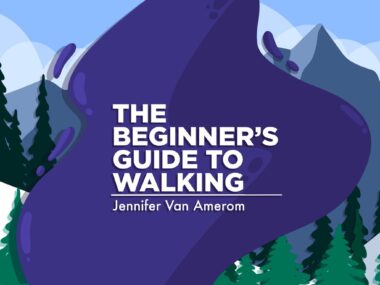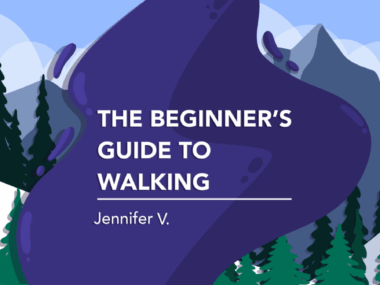The economics of time when living with NMOSD
Adaptability, balance, and efficiency help when I lose hours of my week
Written by |

There are 168 hours in a week. That’s quite a bit of time to accomplish life. But what if many of those hours are robbed from you?
Let’s examine my schedule, for instance.
I’ve worked since I was 14 years old. My first job was at McDonald’s, where I loved training my teammates at the various stations. Training others eventually became my profession, as I worked in human resources and analytics. I’ve always valued work because it’s given me purpose as well as opportunities to travel and make a difference.
To me, 40 hours a week never feels like enough work, especially when I love what I’m doing. When I was diagnosed with neuromyelitis optica spectrum disorder (NMOSD), I promised myself that I’d never let this disease cut my hours of work.
What about the rest of my time? If I follow the guidelines that advise eight hours of sleep per day, that leaves me with 72 hours (168 hours minus 40 hours for work and 56 hours for sleep) every week for other endeavors. But having a rare disease often means my body needs more than eight hours of sleep a day, and the number isn’t always consistent. Unfortunately, when I struggle to sleep, I have to find a way to push through my day — because living my life to the fullest is important to me.
Then, if I dedicate seven hours a week to working out and 25 hours for cooking, cleaning, driving my daughter to school, and similar activities, I still have 40 hours for hobbies, friends, and family.
Stolen time
Now imagine your workday is interrupted by lengthy doctor appointments. And your sleep is interrupted by insomnia brought on by pain and medication. Consider what impact constant fatigue plays in your day when you suddenly require a mid-afternoon nap. Then infusions and emergency room (ER) visits suck up an entire day, never mind when recovery and/or treatment can take several days or weeks.
How are your hours looking now? That’s the poor economics of time that patients face every day.
I’ve been trying to figure out how to best balance life while minimizing the interruptions that are part of living with NMOSD. I shouldn’t feel guilty about that hour-long nap I took on a Sunday, but I always do. Ultimately, I’ve come to the conclusion that my life is unconventional, so I need to take an unusual approach to time management.
I’ve always been goal-driven, for instance, so I focus on working smarter, not harder. There’s always a way to complete a project more efficiently. If I can get eight hours of work completed in less time, then I can afford that much-needed nap.
I know ER visits always take hours, for example, so I want to multitask while I wait — which makes me look like a bag lady when I’m hauling around my medications, laptop, blanket, water, and snacks. I’ll admit that it’s awkward bringing so much to the ER, though, and more so when they finally call your name, instigating a need to hurry while packing everything.
Living with NMOSD has forced me to rethink the way I value time, productivity, and self-care. My days may be unpredictable, but I’ve learned that efficiency doesn’t always mean hustling nonstop; the point is to find balance. Every hour may not be within my control, but what I can control is how I adapt and make the most of the time I have.
For those of us facing the realities of chronic illness, it’s not about giving in or giving up, but about embracing a new way of living. Yes, my life may look different with NMOSD, but that doesn’t mean it’s any less valuable or fulfilling. After all, time is only truly stolen if we don’t take it back on our own terms.
Note: Neuromyelitis News is strictly a news and information website about the disease. It does not provide medical advice, diagnosis, or treatment. This content is not intended to be a substitute for professional medical advice, diagnosis, or treatment. Always seek the advice of your physician or other qualified health providers with any questions you may have regarding a medical condition. Never disregard professional medical advice or delay in seeking it because of something you have read on this website. The opinions expressed in this column are not those of Neuromyelitis News or its parent company, Bionews, and are intended to spark discussion about issues pertaining to neuromyelitis optica spectrum disorder.







Leave a comment
Fill in the required fields to post. Your email address will not be published.